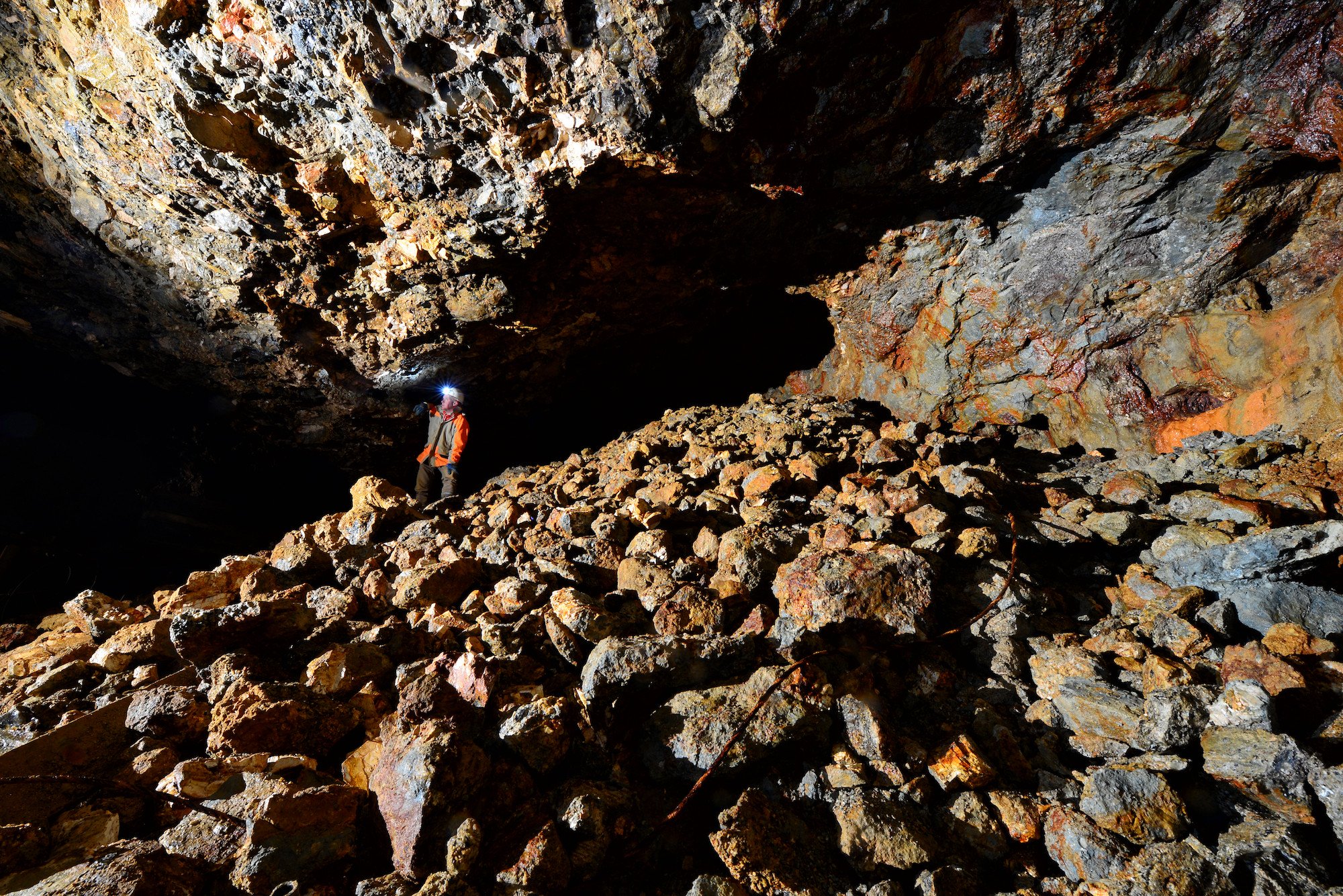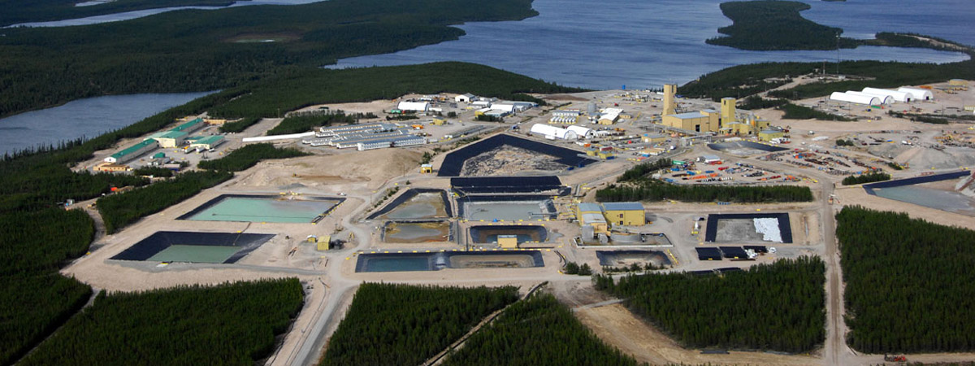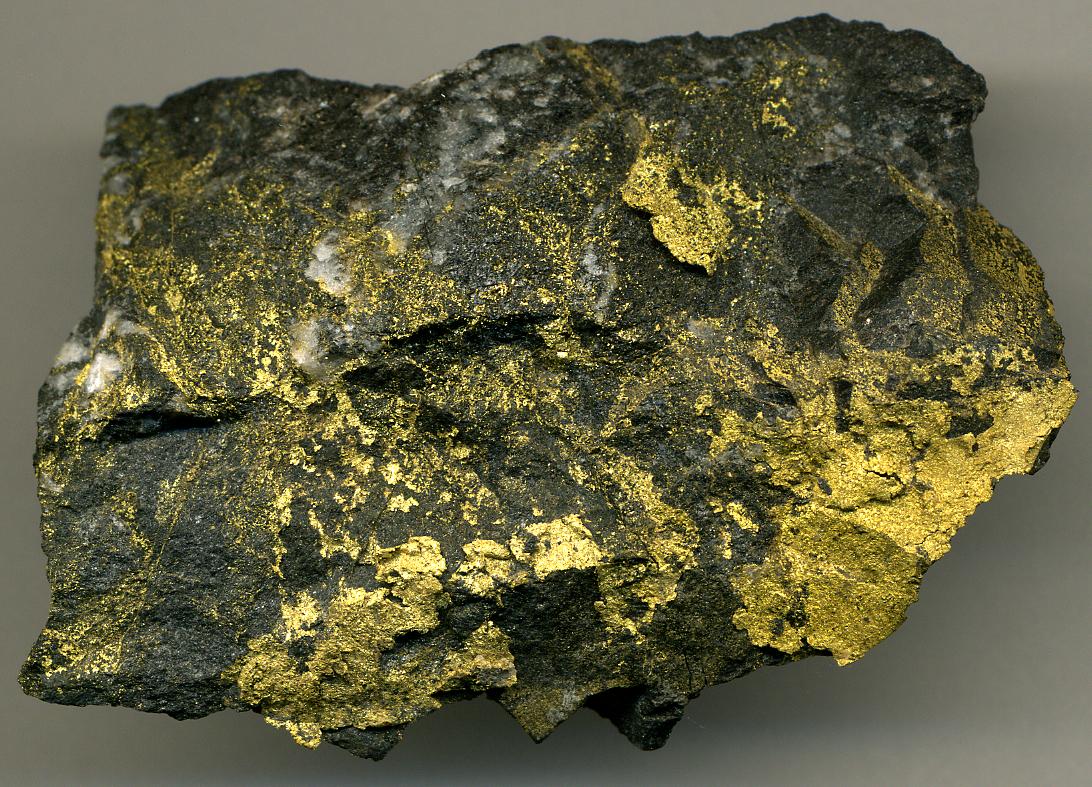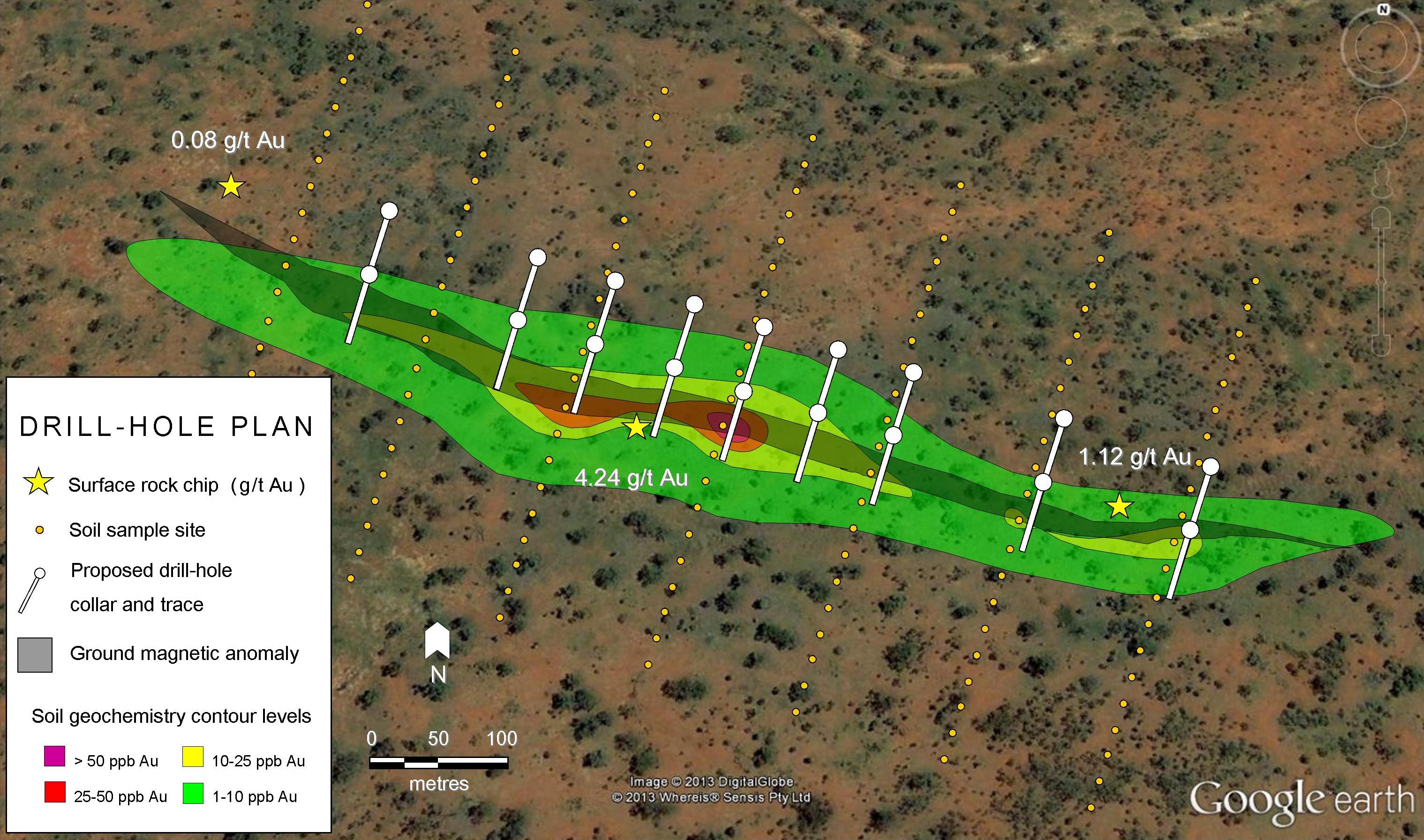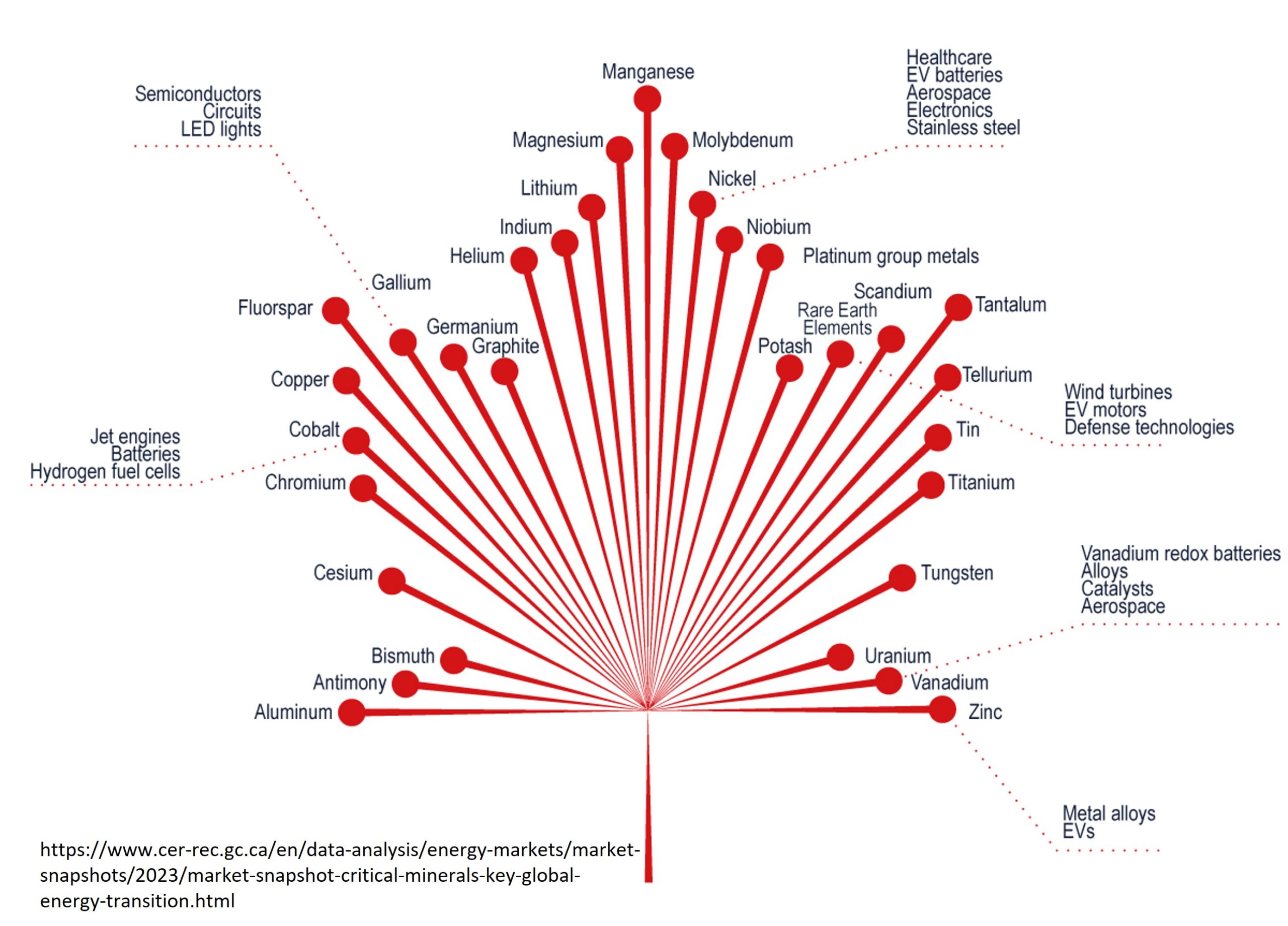While geophysical anomalies may offer potential targets for geologists, there’s no way of knowing what’s down there until the anomaly is drilled.
[box type=”info” align=”aligncenter” ]Disclaimer: This is an editorial review of a public mining company press release and is not an endorsement. It may include opinions or points of view that may not be shared by the companies mentioned in the release. The editorial comments are highlighted so as to be easily separated from the release text and portions of the release not affecting this review may be deleted. Read more at How to Use this Site.[/box]
ROUYN-NORANDA, QC–(Marketwired – September 02, 2014) – Falco Resources Ltd. (“Falco”) (TSX VENTURE: FPC) reported today that it has initiated drilling of a large borehole anomaly with conductivities typical of massive sulphide mineralization at its Lac Hervé property.
The untested conductor was generated from a time-domain electromagnetic (TDEM) survey recently completed by Falco as part of its 2014 field exploration program. The large off-hole subvertical conductor lies about 400 metres below surface and may have a depth extent of several hundred metres.
[box type=”note” align=”aligncenter” ]Falco Resources is currently exploring in the prolific Abitibi Greenstone belt, a gold–copper district located in the provinces of Ontario and Quebec, Canada. The company began as Druk Capital Partners, a capital pool company, before they acquired QMX Gold mining and changed their name to Falco Resources in October 2012. Falco resources holds over 70,000 hectares in land claims including the Horne mine which was one of the richest VMS mines in Canada.
The Horne 5 deposit is the company’s flagship project, with a 43-101 compliant resource estimate of 25.3 million tonnes of 2.64 g/t gold, 0.253% copper, 0.7% zinc. This release announces that the company is beginning to chase a geophysical anomaly on it’s Lac Herve property, approximately 12 km northeast of the Horne mine. [/box]
“We are encouraged by the preliminary data as anomalies such as these are typically associated with massive or semi-massive sulphide mineralization,” said Dr. Mike Byron, Vice President, Exploration. “Equally important is the fact that this is just the latest of a number of prospective targets that Falco has generated in the two years since it acquired this land package.”
Lac Hervé covers over 2,500 hectares within a highly prospective VMS area 15 kilometres northeast of Rouyn-Noranda in the eastern portion of Falco’s land package.
[box type=”note” align=”aligncenter” ]The Abitibi-Greenstone belt is a world renowned copper-gold district and host to several world-class Volcanic Massive Sulfide deposits (VMS). Billions of years ago, volcanic activity at the bottom of the ocean produced hot metal-bearing hydrothermal fluids, metallic sulfides precipitated from these fluids and deposited along the sea floor. The Lac Herve property is believed to be a potential host for a VMS deposit.[/box]
Interest in the area is centered on an historical drillhole intersection of anomalous copper and zinc mineralization in association with typical VMS-style alteration. Despite encouraging results, a borehole geophysical survey was never carried out. Recognizing this opportunity, Falco completed a borehole EM survey to determine if the previously encountered mineralization and alteration are an indication of more significant material proximal to the drillhole. Falco believes that survey results appear to support this possibility and drill permitting was fast-tracked in order to test this highly prospective target. Similar geophysical targeting has enjoyed success in other historic VMS districts. Hudbay Minerals’ discovery of the Lalor Lake deposit in 2007 is a prime example of the need to revisit and actively explore in these prolific historic mining camps. Surface EM data predicted a target at depth that was subsequently drilled, intersecting massive high-grade zinc mineralization, ultimately leading to the definition of a zinc-copper-gold-silver deposit.
[box type=”note” align=”aligncenter” ]Historical drilling in the area had revealed some areas of interest but no borehole geophysical surveys were conducted. While most geophysical surveys are performed at ground level or from the air, a “down-hole” survey makes use of existing drill holes to increase the penetration depth of the survey result beyond what could be achieved using a surface or airborne survey. In the case of a “borehole EM survey”, instruments are lowered down pairs of drill holes and an electrical current is applied. Metallic sulfides that are within proximity to the survey can be detected due to their highly conductivity.
Falco Resources isn’t the first company to apply borehole geophysics to VMS prospects. Companies such as Virginia Mines and Alexandria Minerals Corp have implemented this exploration technique with some success. Hudbay minerals discovery of the Lalor Lake deposit in Snow Lake, Manitoba, Canada is an example of the successful application of geophysical techniques in historical mining camps.[/box]
Mr. Stéphane Poitras, P.Geo., is the qualified person for the project as defined by National Instrument 43-101 and he has reviewed this news release.
About Falco
[box type=”note” align=”aligncenter” ]Falco Resources is currently trading at $0.62, around the midway point between it’s 52-week range of $0.295 and $0.87.
While geophysical anomalies may offer potential targets for geologists, there’s no way of knowing what’s down there until the anomaly is drilled. Since drilling has already started, they won’t have to speculate for very long.
[/box]
Falco Resources Ltd. (TSX VENTURE: FPC) is one of the largest claim holders in the Province of Quebec, with extensive land holdings in the Abitibi Greenstone Belt. Falco owns 72,800 hectares of land in the Rouyn-Noranda mining camp, which represents 70% of the entire camp and includes 14 former gold and base metal mine sites. Falco’s principal property is the Horne Mine Complex, which was operated by Noranda from 1927 to 1976 and produced 11.6 million ounces of gold and 2.5 billion pounds of copper. A maiden 43-101 mineral resource estimate for the Horne 5 deposit delineated an initial inferred resource of 2.8 Moz AuEq at 3.46 g/t AuEq (25.3 million tonnes grading 2.64 g/t Au, 0.23% Cu and 0.7% Zn, for 2.2 Moz Au — see March 4, 2014 press release for details).
[box type=”success” align=”aligncenter” ]Have a company or release you’d like us to look at? Let us know through our contact page, through Google+, Twitter or Facebook.[/box]

